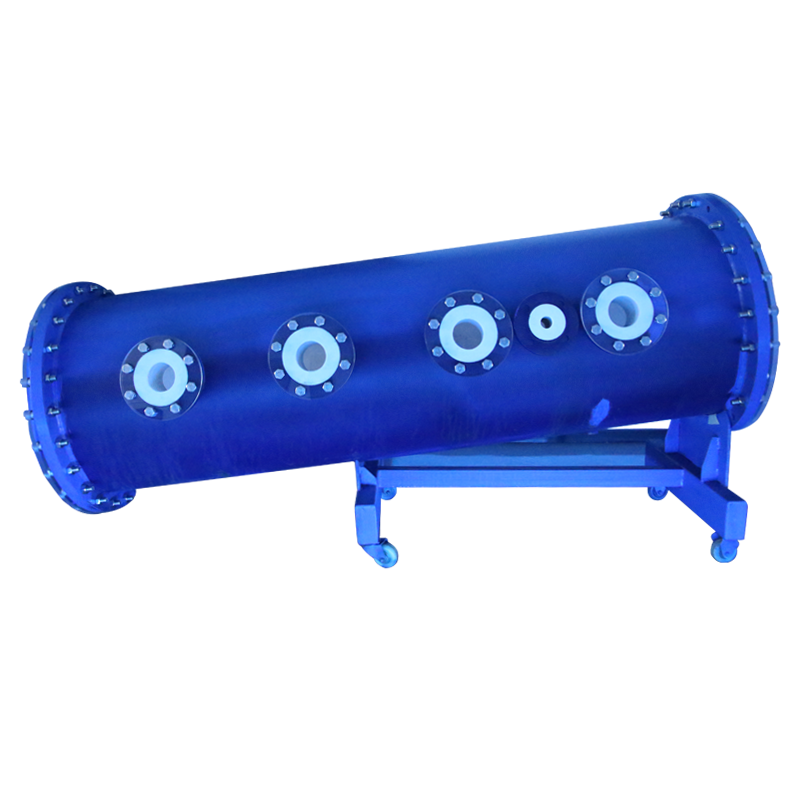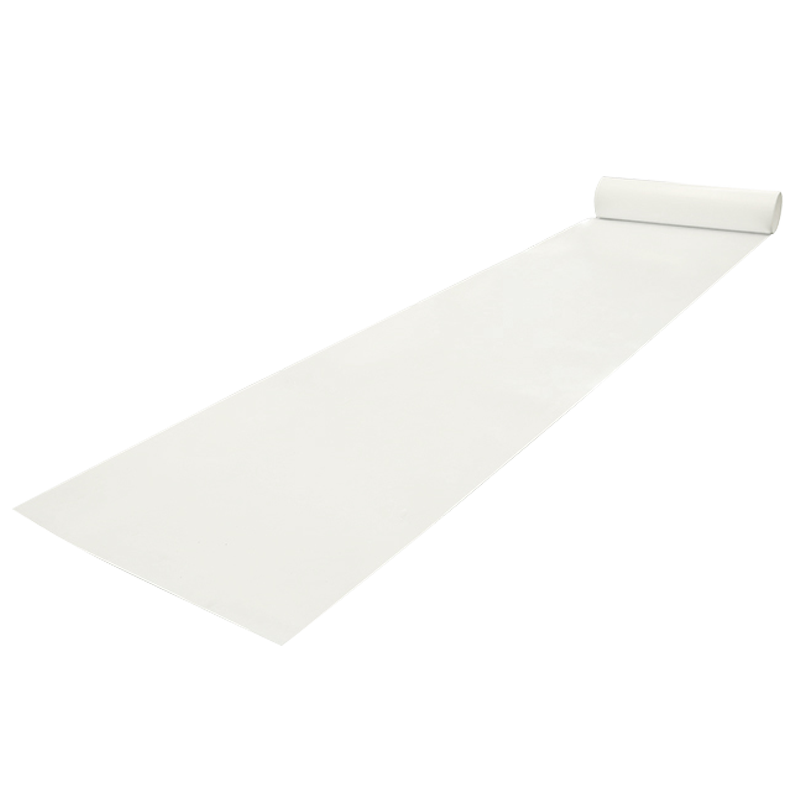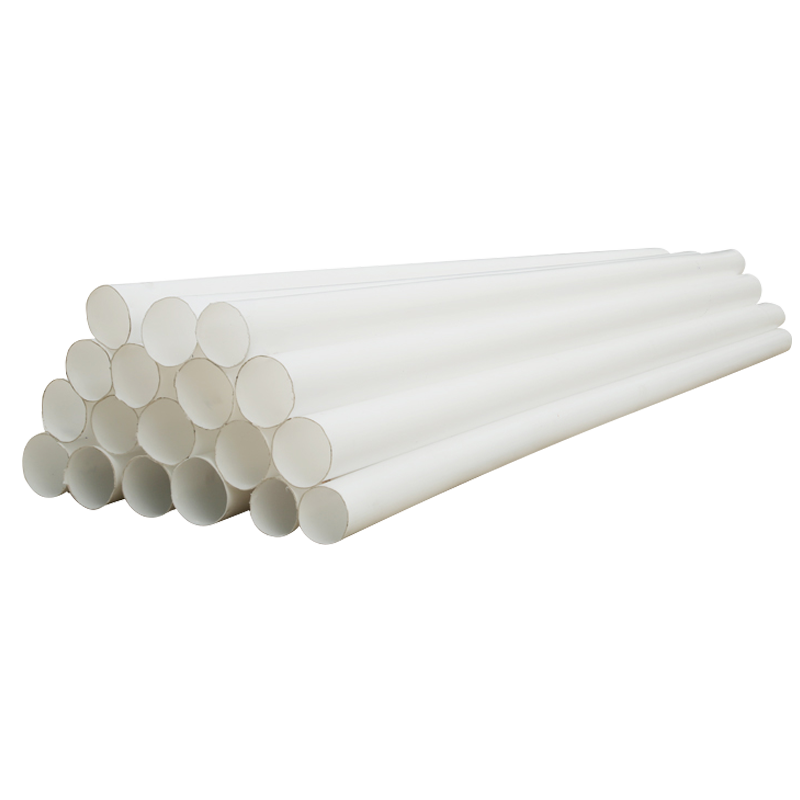0102030405
The currently popular international PTFE lined pipeline production equipment field - lined pipeline isostatic pressure kettle
2024-06-18 00:24:10
Our company - Jiangsu Fuhao Yihao Plastic Industry Co., Ltd., is located in Yancheng, Jiangsu. Our company has complete production and manufacturing equipment for related industries, and the largest isobaric kettle in China is located in our factory.
This equipment involves the currently popular international PTFE lined pipeline production equipment field - lined pipeline isostatic pressure kettle. Isostatic pressing is the process of adding granulated porcelain to a mold, which is usually made of plastic or rubber with a certain degree of elasticity. In an isostatic pressing machine, a uniform pressure of tens to hundreds of megapascals is applied to the mold to compact and shape the granulated porcelain in the mold. There are two methods for isostatic pressing forming: cold isostatic pressing and hot isostatic pressing. Cold isostatic pressing is further divided into wet and dry methods. The cold isostatic pressing method used in China is mostly wet. Like dry pressing, granulation is also carried out before isostatic pressing. The difference is that only spray granulation powder particles are generally used for hot isostatic pressing.
0102030405060708
The working principle of isostatic pressing is Pascal's law: "The pressure of a medium (liquid or gas) in a closed container can be transmitted equally in all directions." Isostatic pressing technology has a history of more than 70 years and was initially mainly used in powder metallurgy for powder forming; In the past 20 years, isostatic pressing technology has been widely used in ceramic casting, atomic energy, tool manufacturing, plastics, ultra-high pressure food sterilization, graphite, ceramics, permanent magnets, high-pressure electromagnetic porcelain bottles, biopharmaceutical preparation, food preservation, high-performance materials, military industry, medical equipment, pharmaceutical and other fields.
1.Cold isostatic pressing
Cold Isostatic Pressing (CIP) is a technology that typically uses rubber or plastic as the packaging mold material at room temperature, with liquid as the pressure medium, mainly used for powder material forming, to provide a billet for further sintering, calcination, or hot isostatic pressing processes. The general usage pressure is 100-630MPa.
2.Warm isostatic pressure
The warm isostatic pressing technology generally operates at a pressing temperature of 80-120 ℃. There are also special liquids or gases used to transfer pressure at temperatures of 250-450 ℃, with a working pressure of around 300MPa. Mainly used for graphite, polyamide rubber materials, etc. that cannot be formed by powder materials at room temperature. To achieve a solid billet at an elevated temperature.
3.Hot isostatic pressing
Hot isostatic pressing (HIP) is a process technology that allows materials to undergo isostatic pressing under the simultaneous action of high temperature and high pressure. It is not only used for powder solidification, but also for diffusion bonding of workpieces, elimination of casting defects, and production of complex shaped parts in traditional powder metallurgy processes. In hot isostatic pressing, inert gases such as argon and ammonia are generally used as pressure transfer media, and the packaging material is usually metal or glass. The working temperature is generally between 1000~2200 ℃, and the working pressure is usually between 100~200MPa.
Advantages of Isostatic Pressing Technology
As a forming process, isostatic pressing technology has the following characteristics compared to conventional forming techniques:
1. The density of products formed by isostatic pressing is generally 5~15 higher than that of unidirectional and bidirectional molding. The relative density of hot isostatic pressing products can reach 99.8%~99.09%.
2. The density of the compact is uniform and consistent. In the molding process, whether it is unidirectional or bidirectional pressing, uneven distribution of compact density will occur. This density change can often reach over 10% when pressing complex shaped products. This is caused by the frictional resistance between the powder and the steel mold. The pressure transmitted by an isostatic pressure fluid medium is equal in all directions. The compression of the package and powder is generally consistent, and there is no relative movement between the powder and package. The frictional resistance between them is minimal, and the pressure only slightly decreases. This density gradient is generally only below 1%. Therefore, it can be considered that the density of the billet is uniform.
3. Due to uniform density, the length to diameter ratio is not limited, which is beneficial for producing thin and long products in the form of rods and tubes.
4. The isostatic pressing process generally does not require the addition of lubricants to the powder, which reduces pollution to the product and simplifies the manufacturing process.
5. Products formed by isostatic pressing have excellent performance, short production cycle, and wide application range. The disadvantages of the isostatic pressing process are low process efficiency and expensive equipment.
At present, our company has established trade cooperation with numerous customers at home and abroad, and has used this equipment to produce various PTFE lined pipeline products. The inner lining pipeline products produced by this equipment have excellent quality, excellent compression resistance, and the inner lining connection is tightly fitted without gaps, with a smooth and flat interior. Our company warmly welcomes customers with the production process requirements to cooperate with us for mutual benefit and win-win results!

 PTFE Ring and Packing
PTFE Ring and Packing PTFE Lining Steel Pipes and Fittings
PTFE Lining Steel Pipes and Fittings PTFE Lined Vessels and Packing
PTFE Lined Vessels and Packing PTFE Sheet
PTFE Sheet PTFE Pipe
PTFE Pipe PTFE Lined Steel Pipe/Tube
PTFE Lined Steel Pipe/Tube















